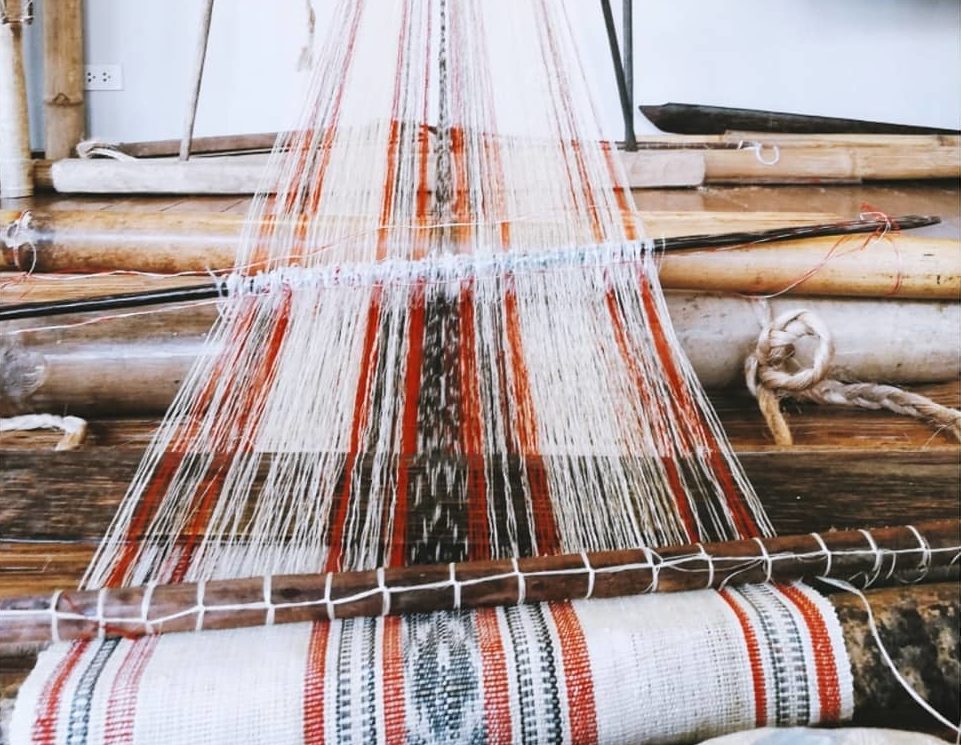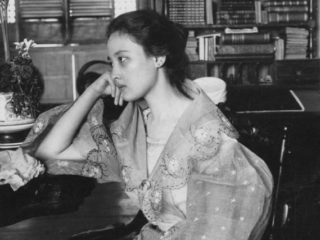If you see the latest trends, Filipinos are loving all things local. Locally made, locally designed, and embedded in our rich culture. We are now learning to appreciate the beauty of our own, and are proud of our fellow Filipino’s artistic minds.
Besides, we are all about patterns. Hand-woven artisanal designs are making it to bigger markets and greater trends. Many fashion inspirations now come from cultural concepts that are rooted from different tribes of indigenous peoples all over the Philippines. People are now wearing the country’s finest textiles.
But where did all of this come from in the first place? Hand-woven clothes? Various types of fabric? When we say we love wearing local, are we aware of the origin of these vestments?
According to Wild Tussah, The art of weaving has evolved over the course of thousands of years, through discovery and experimentation. The idea of interlacing materials to create a weave was most likely inspired by nature—by observing birds’ nests, spider webs, and various animal constructions. The early civilization artisans discovered they could manipulate bendable materials and create objects that would make their lives easier. This is also how our Filipino ancestors came about hand-weaving even before the Spanish came to the country.
It is said by various accounts of early explorers of the pre-colonial era, that Filipinos used fibers made from natural materials, such as abaca (Manila hemp), maguey, pineapple, cotton and tree bark—to weave textiles, clothes, rugs, hats and baskets, along with quilts and bedding. Weaving was an inextricable part of the Filipino people’s lifestyle. All clothing items, such as the Malong and the Tapis, are made of hand-woven fabric. The quality of the weaves was based on how soft, tightly woven and clean their patterns were. Favorite themes included thick multi-colored stripes and patterns, which are clear trends today.
We see modernized traditional Filipino designs in the latest fashion favorites, which utilizes the different hand-woven fabrics that come from various communities.
Fabrics like the Piña that originates from Aklan, Pinilian that comes from Ilocos, the Hablon from Panay Island, and many more—are spotted in everyday pieces of clothings.
Ilocano’s Pinilian from Ilocos
Aklanon’s Piña from Aklan
Hiligaynon’s Hablon from Panay Island
Mandaya’s Dagmay from Eastern Mindanao
T’boli’s T’nalak from South Cotabato
Nowadays, society has become more sensitive in using clothings of other cultures in fear of appropriation. And according to Erich Hatala Matthes, an assistant professor of philosophy at Wellesley College who studies the ethics of cultural heritage, he told NPR that there is no clear definition of cultural appropriation: “It’s a really messy thing.” There have been many messy cases that have shown cultural appropriation the media, so the big question is: is wearing and including these hand-woven fabrics of indigenous tribes an act of cultural appropriation?
The problem that lies within appropriating, is when culturally significant items are appropriated for fashion rather than as a celebration of that culture. There are stories behind the clothes we wear and borrow from these cultures, yet we use them for reasons that do not appreciate these stories. Heck, we don’t even know where they come from most of the time, people just wear them.
“Each culture gets to give permission to share a cultural tradition—or not,” says C. Thi Nguyen, an associate professor of philosophy at Utah Valley University. He is the co-author of a paper titled Cultural Appropriation and the Intimacy of Groups. “That’s because not all groups within a culture have the same views”, he adds.
Wearing these items, we must be aware of its origin, who made them, and how are they living today—especially with the indigenous groups in our country. Most of these fabrics are made and sold by them, and are their means of livelihood. Which makes the support for such fashion pieces important, especially in keeping the tradition of hand-weaving alive. Historical contexts and cultural sensitivities must be taken into account.
Supporting local businesses who partner with indigenous communities can be very helpful, as it strengthens the community of weavers, keeps the culture very much alive.
Today is International Indigenous People’s day, and the encouragement we give to the communities—whether it is through supporting their livelihood, or helping them fight for their rights—is vital to the cultural and traditional life of our country.
Photo courtesy of T’nalak Home’s Instagram account
For the latest in culture, fashion, beauty, and celebrities, subscribe to our weekly newsletter here
Follow Preen on Facebook, Instagram, Twitter, YouTube, and Viber
Related stories:
It’s a new local generation for ArteFino 2019
A list of Catriona Gray’s all-Filipino fashion picks for Miss Universe
Seeing double with local fashion labels
Here are Filipino footwear brands to add to your rotation
Preen Picks: Local queer artists you need to know about


